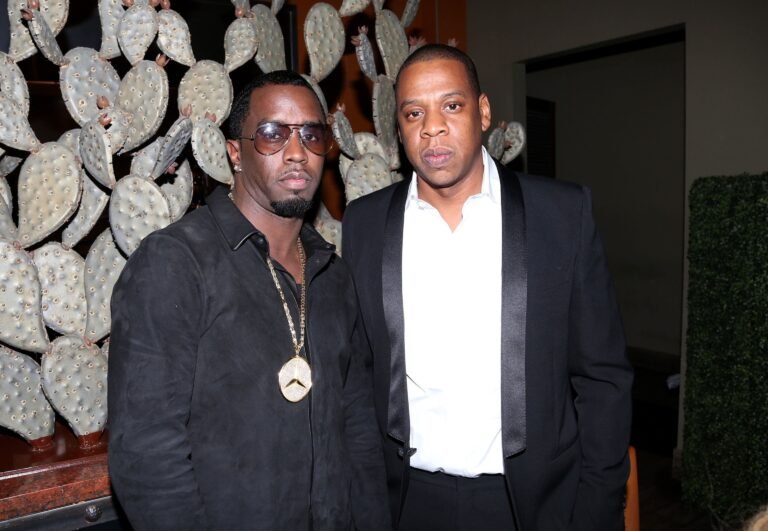Self Introduction in English: Perfect Tips for Students in India to Shine

In India, the first impression often starts with how well you introduce yourself. Whether you’re introducing yourself in school, at college, or even during an interview, a good self introduction can open doors and create lasting connections. Crafting a confident and clear self introduction in English is a valuable skill for every student. This guide will give you the tools you need to shine in any situation with your self introduction in English.
What is a Self Introduction?
A self introduction is a brief explanation of who you are. It typically includes your name, background, educational details, and interests. A good self introduction helps people understand who you are and makes you memorable. In India, where first impressions matter, mastering the art of self introduction can set you apart in both academic and professional settings.
Why is Self Introduction Important for Students in India?
In India, where education and career opportunities are highly competitive, students are often asked to introduce themselves in various settings. Whether it’s on the first day of college, during a job interview, or in a classroom discussion, a well-prepared self introduction can leave a positive impression.
For students in India, a clear self introduction in English is not only a chance to showcase their communication skills but also an opportunity to present their personality, strengths, and interests. This is particularly important in settings where English is the primary language of communication.
How to Craft Your Self Introduction in English
Creating an impactful self introduction in English doesn’t need to be complicated. There are several steps you can follow to ensure your introduction is engaging, clear, and relevant to your audience.
Start with Your Name
The first thing to mention in your self introduction is your name. It sounds simple, but it sets the tone for everything else. In India, it is important to state your full name, as it gives your introduction a formal touch.
Example: “Hello, my name is [Your Name], and I am from [City], India.”
Mention Your Educational Background
After introducing yourself, it’s a good idea to mention your education. Whether you are a student in Class 1 or pursuing a BTech degree, sharing your educational background provides context about your academic journey.
Example: “I am currently studying in [School Name/College Name], and I am pursuing a [Class/Stream/Field of Study].”
Share Your Interests or Hobbies
Sharing a few hobbies or interests can help others relate to you. In India, many students are passionate about sports, reading, technology, or even social causes. Including these in your self introduction will make you more personable and interesting.
Example: “In my free time, I love reading books, playing cricket, and learning new technology trends.”
Keep It Simple and Confident
When preparing your self introduction in English, remember to keep it simple. Avoid using overly complicated words or phrases. A simple, clear introduction works best. Confidence in how you speak also plays a big role. Whether you are introducing yourself for the first time at school or in a job interview, speak clearly and with confidence.
Self Introduction in English for Different Settings in India
A self introduction in India may vary depending on the situation. Here’s how you can adapt your introduction for different settings.

Self Introduction in English for Students in School (Class 1 to Class 10)
For younger students, like those in Class 1 to Class 10, the self introduction should be brief but friendly. The language should be simple, and it should focus more on personal details like name, age, and interests.
Example for Class 1: “Hello, my name is [Your Name]. I am [Age] years old. I study in Class 1 at [School Name]. My favorite subject is [Subject], and I like to play [Sport].”
Self Introduction for Students on Their First Day at College
The first day of college in India can be nerve-wracking, but a well-thought-out self introduction can help you make a good impression. As a college student, you can add more detail about your aspirations and goals.
Example: “Hi everyone, I’m [Your Name], and I’m from [City]. I am pursuing a [Course Name] at [College Name]. I am passionate about [Interest] and hope to work in [Field] after completing my degree.”
Self Introduction in English for Interviews
For interviews, whether for a job, a scholarship, or an internship, your self introduction must be professional and concise. In India, self introduction is often the first question asked in interviews. Here’s how you can structure it:
Example for a BPO Interview: “Good morning, my name is [Your Name], and I’m from [City]. I have completed my [Degree/Diploma] in [Field] from [University/College]. I have always been interested in customer service, and I believe my communication skills and problem-solving abilities will help me succeed in this role.”
Common Mistakes to Avoid in Your Self Introduction
While crafting your self introduction in English, it’s important to avoid certain mistakes that can leave a negative impression.
Being Too Long-Winded
Don’t make your self introduction too long. People don’t need to know every detail about your life. Stick to the main points—your name, background, and interests—and keep it short.
Using Overly Complex Language
In India, students sometimes try to sound more professional or educated by using difficult words. However, this can make your introduction sound unnatural. Stick to simple, clear language that everyone can understand.
Lack of Confidence
Even if you have a great self introduction, it won’t make much of an impact if you don’t say it confidently. In India, where many students fear public speaking, it’s important to practice your self introduction so you can say it clearly and confidently.
Self Introduction in English for Different Languages and Regions in India
India is a diverse country with many languages, cultures, and traditions. While English is widely used in schools and colleges, students often speak regional languages at home or in their communities. Depending on where you’re from, you can tailor your self introduction in English to connect better with your audience.
Self Introduction in Hindi, Tamil, Kannada, and Other Indian Languages
Many students in India are bilingual or multilingual. For example, students from Tamil Nadu may start their self introduction in Tamil, then switch to English for the rest of the introduction. This shows respect for the local culture while ensuring clarity for a wider audience.
Example in Hindi: “Namaste, mera naam [Your Name] hai. Main [City] se hoon aur abhi [Course] padh raha hoon.”
Self Introduction in English for Multilingual Students
If you’re fluent in multiple languages, you can showcase that in your self introduction. Mentioning your ability to speak more than one language can make you stand out, especially in interviews.
Example: “I am [Your Name] from [City], and I can speak English, Hindi, and Tamil fluently. I am pursuing my degree in [Course] and am passionate about [Interest].”
Final Tips for Crafting the Perfect Self Introduction in India
Here are a few final tips to help you perfect your self introduction in English, whether you’re a student in school or preparing for an interview in India.

Be Yourself
Don’t try to be someone you’re not. Authenticity is key in any self introduction. Be true to yourself and present your real interests and goals.
Practice, Practice, Practice
If you want to feel more comfortable with your self introduction, practice it. The more you practice, the more confident you will feel when you actually need to introduce yourself.
Keep It Relevant
Tailor your introduction based on the setting. Whether it’s a classroom, a college event, or a job interview, make sure your self introduction aligns with the situation.
FAQs on Self Introduction in English for Students in India
What is a self introduction, and why is it important for students in India?
A self introduction is a brief description of who you are, including your name, background, education, and interests. For students in India, it is a valuable skill that can help you make a good impression in school, college, or during interviews.
How can I start my self introduction in English?
You can start by saying your name and mentioning where you’re from. For example, “Hello, my name is [Your Name], and I’m from [City].”
What should I include in my self introduction for school?
For school, keep your introduction simple. Include your name, age, grade, the school you attend, and a few personal interests, like hobbies or favorite subjects.
How can I introduce myself on my first day at college?
On the first day of college, introduce yourself by stating your name, the course you are pursuing, where you’re from, and why you’re excited to be there. You can also mention any goals or interests related to your field of study.
What is the best way to introduce myself in an interview?
In an interview, keep your introduction professional. Start by stating your name, educational background, and any relevant experience or skills. Make sure to show enthusiasm for the role you’re applying for.
How can I make my self introduction more engaging?
You can make your self introduction engaging by sharing a personal interest or hobby that is relevant to the setting. For example, if you’re applying for a job in a tech company, you might mention your passion for technology or innovation.
Should I mention my family in my self introduction?
It’s not necessary to mention your family unless it’s relevant to the situation. For instance, in some cultures, mentioning your family may show respect, but in professional or formal settings, it’s best to focus on your own achievements and background.
How do I introduce myself in English for a job interview in India?
In a job interview, focus on your qualifications, skills, and any experience you have that relates to the job. Keep your introduction short, clear, and focused on your professional strengths.
Can I use regional languages in my self introduction?
Yes, if you’re in a local setting where people speak your regional language, you can start with a greeting in that language. However, for a formal or professional introduction, it’s best to stick to English or provide an English version of your introduction.
What mistakes should I avoid in my self introduction?
Avoid speaking too much or using complex language that may confuse your audience. It’s also important to stay confident and not rush through your introduction. Keep it concise, clear, and relevant to the situation.
Conclusion: Mastering Your Self Introduction in India
In India, a good self introduction in English can set you on the right path to success. Whether you’re introducing yourself for the first time in school, presenting yourself to a potential employer, or meeting new people at college, mastering this skill is essential. With a clear and confident introduction, you’ll make a great first impression that lasts. Practice, keep it simple, and be yourself—this is the best way to shine in any situation.







































